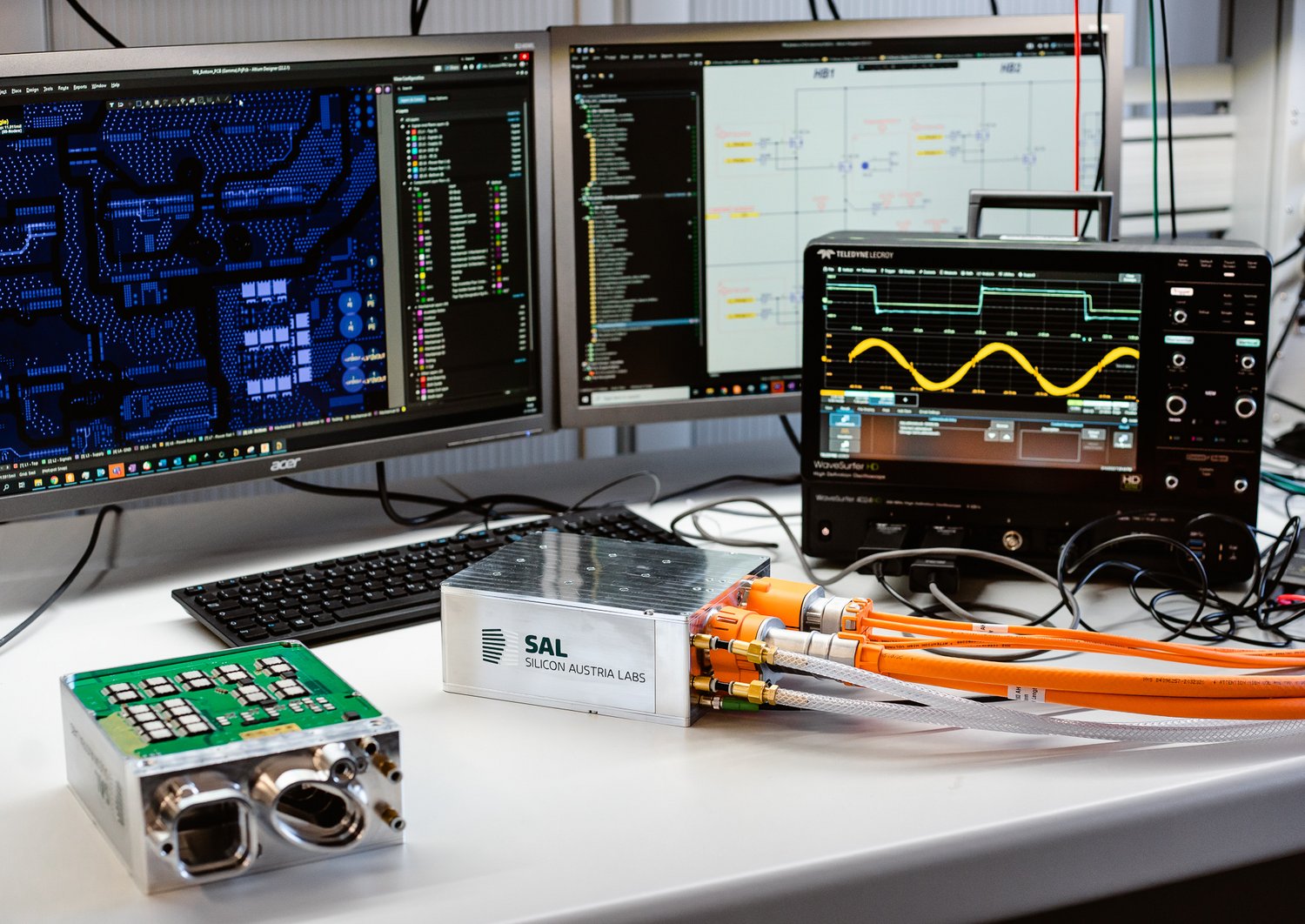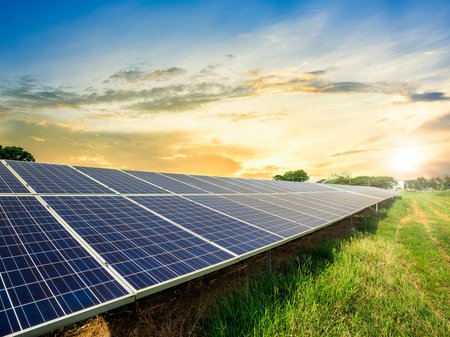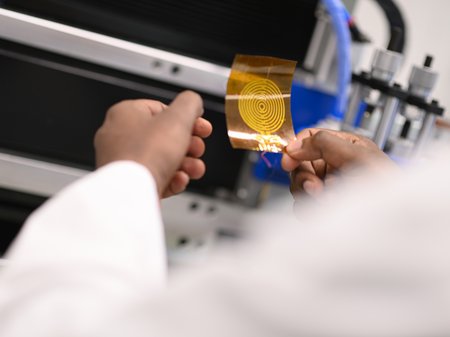Power density is a key figure in the field of power electronics, indicating in kilowatt per liter how much space power electronics need to convert a specific amount of power. The higher the power density, the more compact the power converters and the more energy and cost-efficient the devices.
Compactness for an efficient energy conversion for the future
High power density and compactness inherently also means lower energy costs because a high efficiency and little to no energy losses are a requirement to further reduce the size of power electronic components. This means that the number of components is limited as much as possible, and every component is used to its fullest potential. In addition, the thermomechanical design has to be optimized and the electromagnetic compatibility must be excellent.
Consequently, optimized power electronic systems as well as their compactness and high efficiency are important topics to focus on to deliberately reduce the energy consumption per head – and thus also reduce the impact on our environment and planet.
Christian Mentin on his field of research: “Highly compact integrated power electronics are the enablers for a green energy conversion for the future. Energy efficient power conversion is becoming increasingly more important in order to be CO2-neutral and resource-efficient, for example when charging e-cars or operating a fridge.”
Tiny Power Box: optimized power density for on-board chargers in e-cars
Christian Mentin is leading the “Tiny Power Box” project, where the focus is on optimizing the power density and efficiency of built-in chargers in electric cars, so-called onboard chargers. The aim is to increase environmental compatibility by reducing weight and saving components and space while reaching the highest efficiency of at-home charging. After all, 100 % of the electricity from the power outlet should be saved in the car battery and not get lost within the power electronic components during the charging process.
The resulting onboard chargers from the Tiny Power Box project are not only highly compact, but they also work bidirectionally. Bidirectionality means that power converters cannot only convert alternating current from the power outlet to the direct current that is used in car batteries, but also the other way around. This way, power from the car battery could be converted to alternating current which is common for household appliances and used directly in people’s homes. You could say that car batteries are thus “driving energy storage systems”, which can be charged up with solar energy during the day and used to power one’s household appliances, like fridges, during the night. This way, the green energy transition is turning into reality.
![[Translate to English (US):] researcher holds Tiny Power Box into the camera](/fileadmin/_processed_/5/3/csm_SAL_Tiny_Power_Box_Fotografin_Sarina_Dobernig_web__52__dc8121bb00.jpg)








